
More than 2,000 descendants of people who were saved by Nikolay Kiselyov’s small guerrilla detachment live all over the world today
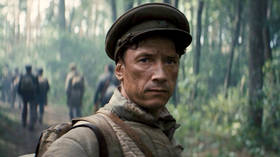
“A Righteous Man” by Sergey Ursulyak, 2023. © Central Partnership Productions
Nikolay Kiselyov wasn’t one of the most famous heroes of the Second World War. And if not for the unexpected box-office success of The Righteous, a new Russian military drama directed by Sergey Ursulyak, his feat may have remained one of the many little-known episodes in that long and bloody conflict. During its first weekend available for rent, this “film about a true hero,” has knocked the mega-hit Cheburashka off the top of the national box office.
As the director himself said, The Righteous is not a picture about a righteous man, but about someone “who does what he has to do.” Kiselyov, played by Alexander Yatsenko, had no intention of becoming a war hero at all – he was a calm, competent clerk who preferred spending time with his family. But by force of circumstances, he became a partisan and, by his own inner strength, became a hero who performed a humanitarian miracle.

Read more
Jewish Hell
At the beginning of the Great Patriotic War, as World War Two is known in Russia, the evacuation from the western regions of the USSR was disrupted. Tens of millions of people were trapped in territory occupied by the Nazis. Jews were in the worst position – they could not count on mercy, from the Germans, under any circumstances. In some territories, the situation was complicated by the wild antisemitism of local Nazi supporters. For example, Estonia had already been declared judenfrei – ‘free of Jews’ – by December of 1941, after literally six months of occupation. Historically, many Jews had been living in these areas, and now they were under attack.
To the north of Minsk in Belarus, there was a Jewish town named Dolginovo. The war rolled over it quickly: Wehrmacht field troops quickly passed through the territory without stopping. The gears of the punitive machine did not immediately turn, but in the spring of 1942, Dolginovo was remembered. The Nazi punitive units’ usual method – both in Jewish and Slavic villages – was to cordon off the settlement, drive its inhabitants into a large building, set it on fire, and then shoot those who tried to escape. This was exactly the fate that befell Dolginovo in 1942.
Partisans to the Rescue
Incredibly, many residents managed to survive. Some escaped into the forest, while others even managed to hide and survive among the fires. In total, more than 200 survivors gathered amongst the trees.
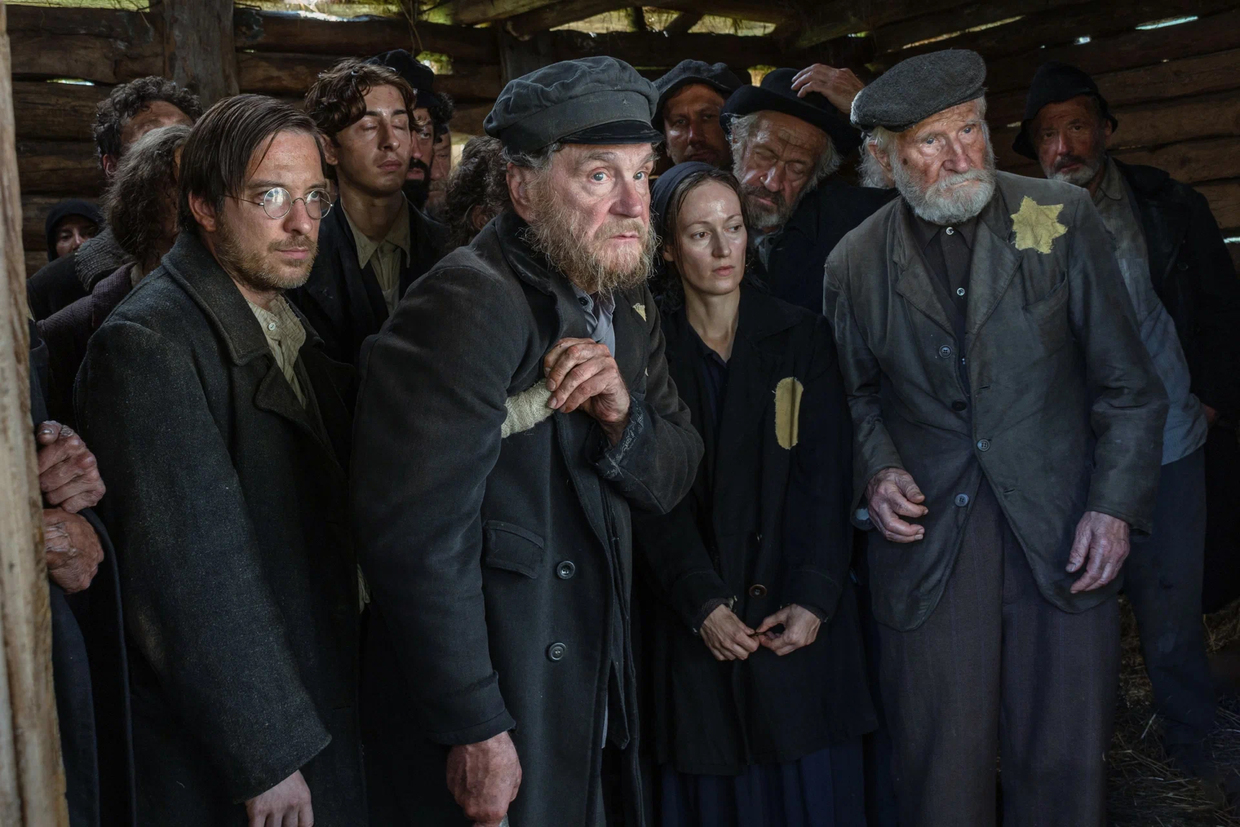
“Pravednik” by Sergey Ursulyak, 2023. © Central Partnership Productions
However, now they were faced with the question of what to do. Yes, it was a warm summer, but there was no food or shelter, and the situation would be hopeless by autumn. If there had been only men, they could have joined the partisans, but there were a lot of women and children among the Dolginovites.
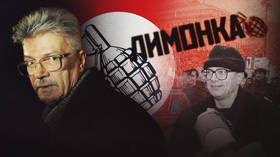
Read more
They turned to Vasily Voronyansky, the commander of a local partisan detachment. Voronyansky – usually called ‘Uncle Vasya’ – had commanded a communications battalion as an officer before the war. In the summer of 1941, he found himself surrounded, but instead of making his way east, he created his own group. By 1942, he had a powerful, well-armed detachment under his command and considered protecting the civilian population as one of his responsibilities. However, the Dolginovsky fire victims presented a problem for him. The hundreds of escapees needed to be fed, and besides, the survival of his guerrillas depended on mobility. Women and children were not a fitting addition to a mobile squad. Voronyansky did not have an excess supply of food and warm clothes. A decision had to be made.
Voronyansky decided to evacuate the Dolginovites to the ‘mainland’ through the front line. Given the circumstances, this was the equivalent of flying them to Mars, but the guerrilla commander had a few ideas.
The Chosen One
Kiselyov was tapped to lead the Dolginovsky Jews to safety. He was born near Ufa in Bashkiria and was less than thirty years old. Initially, he had had no intention of becoming an officer. Kiselyov graduated from the Institute of Foreign Trade in Leningrad (the Soviet name for St. Petersburg) but had no chance to settle into his chosen caree, as the war broke out. He served as a junior officer in the militia, but in the autumn of 1941, his unit was surrounded near Vyazma, and Kiselyov was wounded and captured.
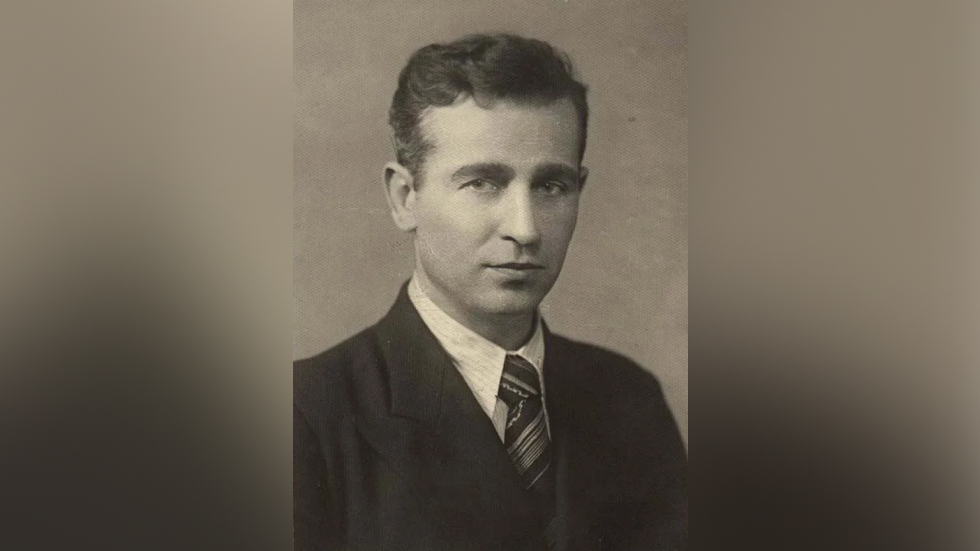
Nikolay Kiselyov
However, here he showed character. As soon as he recovered, Nikolay escaped – he jumped out of a moving train heading west with other prisoners. Exhausted and still recovering from his wounds, he reached a village where he was hidden. It was there that the young officer was found by the partisans. By 1942, he had already well established himself as a tactical commander in the detachment of Voronyansky, who now entrusted Kiselyov with a devilishly difficult mission.
To begin with, he organized a field camp, where he prepared for the trip with the survivors. Besides the commander and the refugees, among whom there were 35 children, the detachment included only seven armed partisans, one of them a young woman, Anna Sirotkova. At the end of August, the caravan set off to the east.

Read more
A Hard Road
The target of the partisans was the ‘Surazh Gate’ – one of the strangest places on the Soviet-German front. This sector on the border of Russia and Belarus was a solid array of extremely dense forests and swamps, so for a long time there simply was no front line there, as such: large forces simply could not get through, and only sparse patrols controlled a line of about forty kilometers.
From the point of view of the Russians, the main function of the ‘gate’ was to supply the partisans. It was a real highway for such remote places – several thousand people passed through over a few months. Instructors and partisans – equipped with walkie-talkies and explosives – proceeded to the west, while civilians, the wounded, and specialists and commanders considered important to evacuate from the German rear headed in the opposite direction.
Kiselyov and his squad had to walk hundreds of kilometers. The Surazh Gate was not a guarantee of salvation – it just held out a chance of success.
Literally at the very beginning of the march, the unexpected happened. The partisans came across a patrol. People scattered, but Kiselyov had already instructed everyone on what to do and where to go in such situations, so this incident had few consequences: only a couple of people were lost, and these eventually found their way back to the partisans. Within three days, Kiselyov had managed to regather his charges.
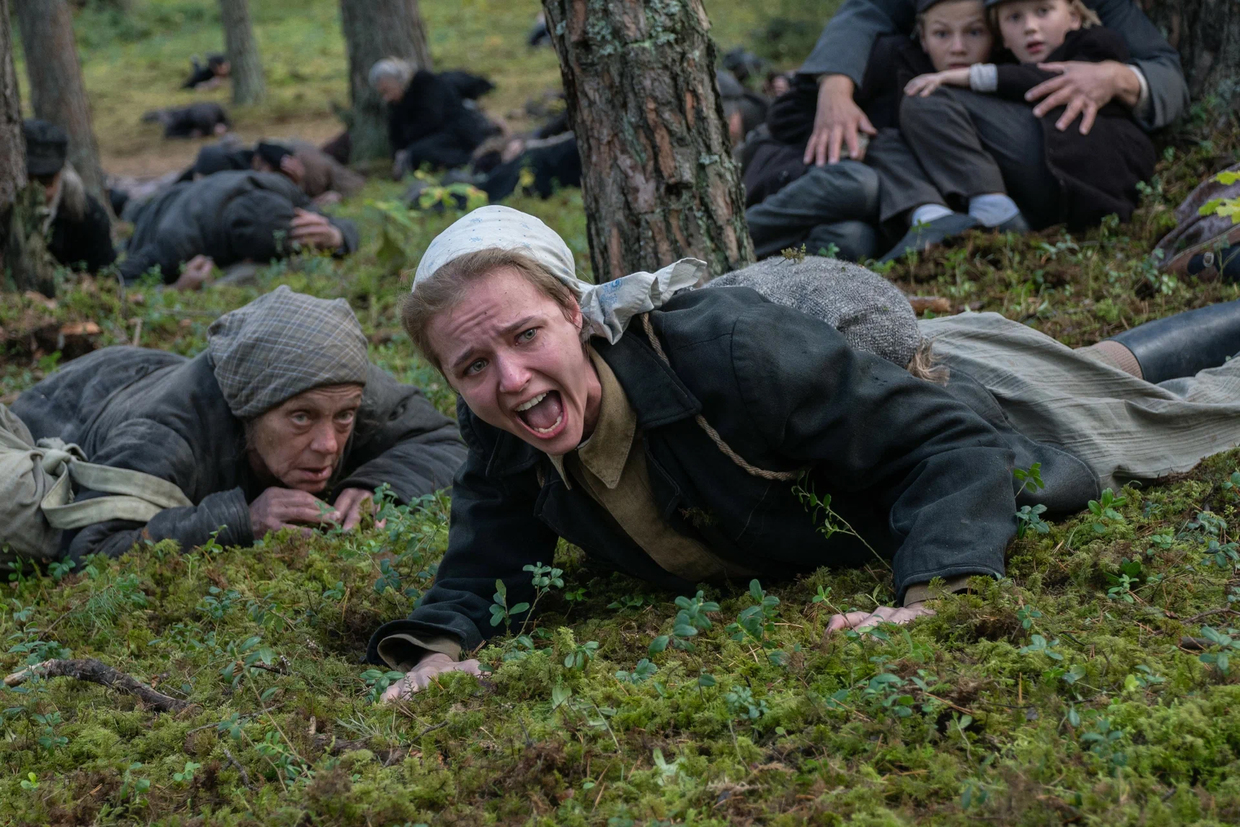
“Pravednik” by Sergey Ursulyak, 2023. © Central Partnership Productions
They walked along forest paths, almost always at night. The roads were deadly – crossing them was a whole operation every time. If they had run into a patrol, eight armed partisans would not have been able to shoot their way out. And with 35 children and many women, it was unrealistic to run away, so they had to proceed with the greatest caution. It was often necessary to make huge loops through the forests in order to bypass a particularly unpleasant swamp or a German garrison blocking the path.
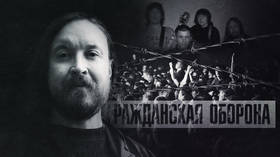
Read more
Leave No One Behind
Local partisans sometimes provided food and guides. The route was not always clear and it was necessary to just walk in an approximate direction. Provisions had to be requisitioned in the villages. When the exhausted refugees lay down to sleep, Kiselyov and his comrades continued to work – they searched for food, scouted, stood guard, and negotiated with local residents. Everyone was chronically malnourished; many were sick.
One young man named Shimon had bloody diarrhea on the way and could barely walk. Someone demanded that he be left behind, but his mother said she wouldn’t allow her son to be killed: the partisan commander calmed everyone down and ordered that the young man be carried by the arms.
A three-year-old girl named Bella constantly cried from hunger. The child couldn’t be consoled, but her sobs could have been the ruin of everyone – because of the marshes blocking the roads, they often had to make their way right under the noses of German garrisons and patrols. Some of the refugees proposed leaving her or even drowning her. Kiselyov carried the toddler in his arms for many kilometers, calming and feeding her from his own ration. He understood that people were simply mad with hunger, fatigue, and fear.
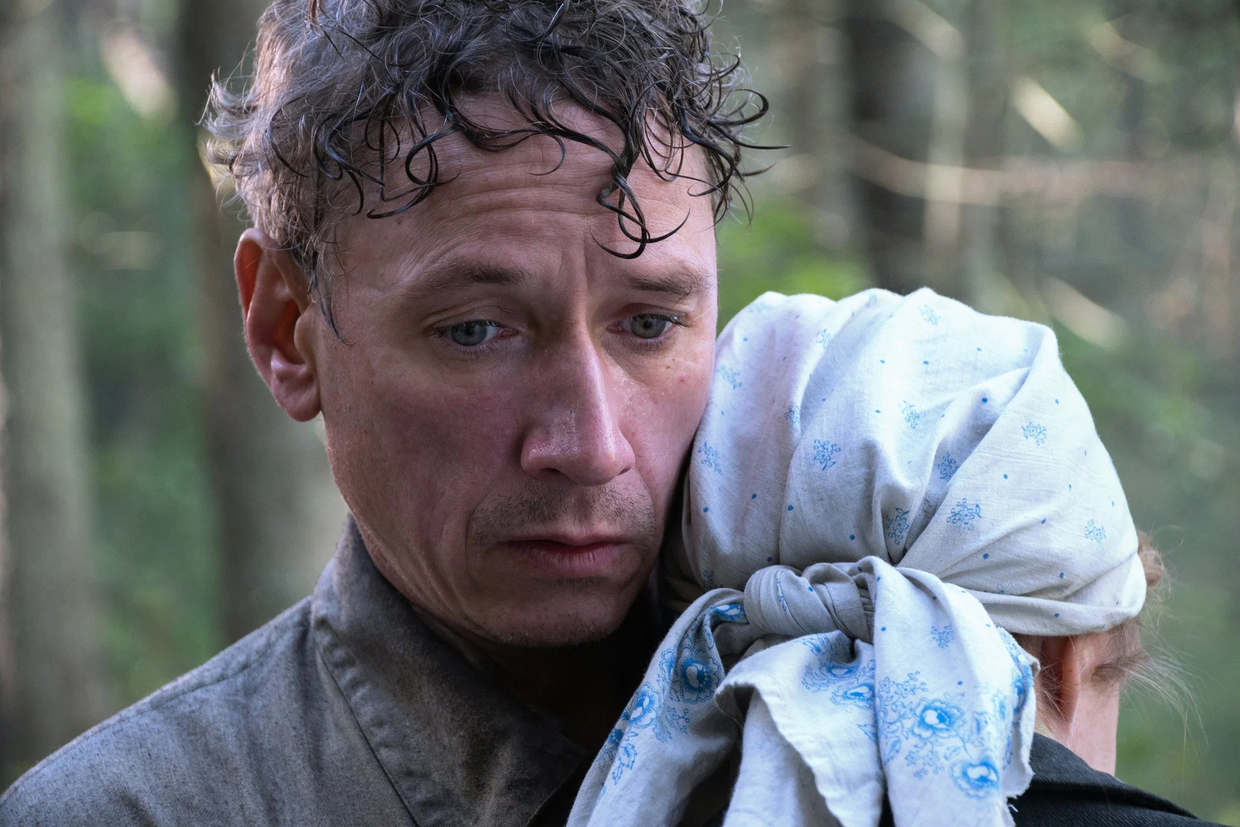
“Pravednik” by Sergey Ursulyak, 2023. © Central Partnership Productions
This man proved himself to be pure iron. He didn’t allow his group to fall apart: the stragglers were waited for, while the lost ones were persistently searched for. And his group began to grow as new people joined Kiselyov’s rag-tag band. Meanwhile, some dropped out from exhaustion, while cold, hunger, and deprivation exacerbated all diseases. It often happened that a refugee just didn’t wake up in the morning.
They had to hurry. It was already late autumn, and it was only at the end of November that Kiselyov’s caravan approached the Surazh Gate. Snowfall had already begun. The party could simply die in the cold, either from hypothermia or by attracting the attention of patrols with bonfires. However, the partisans and refugees still had time.But there was almost a catastrophe.

Read more
The Last Push
At the end of the autumn of 1942, the Germans decided to finally solve the problem of the Surazh Gate and strengthen its perimeter. To begin with, they simply reinforced the patrols, sending jagdkommandos to the gate. Kiselyov’s detachment stumbled upon one of them just a hair’s breadth from territory controlled by the Red Army.
A chaotic shootout ensued in the autumn forest. The partisans fought while the refugees rushed to freedom – there was only a scant distance left to go. The partisans covered the refugees retreat and followed them. In the end, the German detachment fell behind – the soldiers were afraid to wander too deep into Soviet territory. There were no more Nazis ahead.
At the end, when already at a railway station, the refugees were hit by an air raid – fortunately with no consequences.
Kiselyov, exhausted to the extreme, relinquished his charges, reported to command… and was immediately arrested! Counterintelligence decided that he was just a deserter. The partisan commander was only rescued by refugees that came running back and vividly explained who he was and what he had done.
Already among his own, Kiselyov compiled a brief report for the partisan movement’s central headquarters. Fifty-two refugees had died of exhaustion or been lost along the way, while 218 were brought out alive.
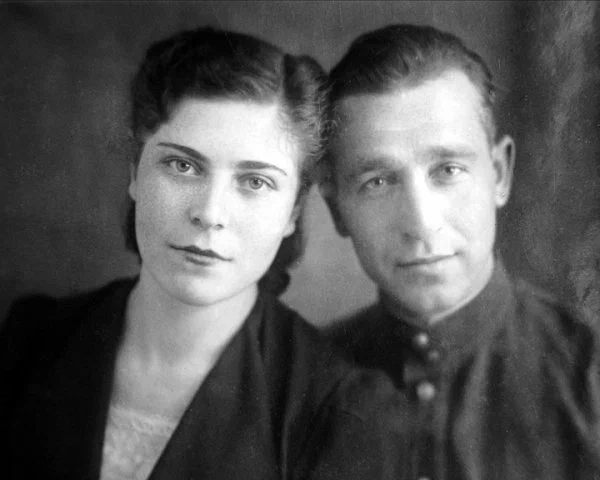
Nikolay Kiselyov and his wife.
The march undermined Nikolay Kiselyov’s health, and he was medically discharged. However, the partisan gradually recovered and returned to normal life after the war. He married Anna, the partisan girl with whom he had shared the hardships of the campaign. He didn’t live with her too long but had quite a full life. He died in the 1970s at the age of 60. He received an order for his epic feat in the Belarusian forests, but only after the war, in 1948. But his main reward was letters – until the end of their lives, more than 200 rescued Jews and many of their descendants regularly wrote letters to the partisan. Today, Kiselyov’s surname is carved on the memorial wall in the Garden of the Righteous at Israel’s Yad Vashem Museum, and more than 2,000 descendants of people who were saved by Nikolay Kiselyov’s small guerrilla detachment live all over the world.
By Evgeny Norin, a Russian historian focused on conflicts and international politics




